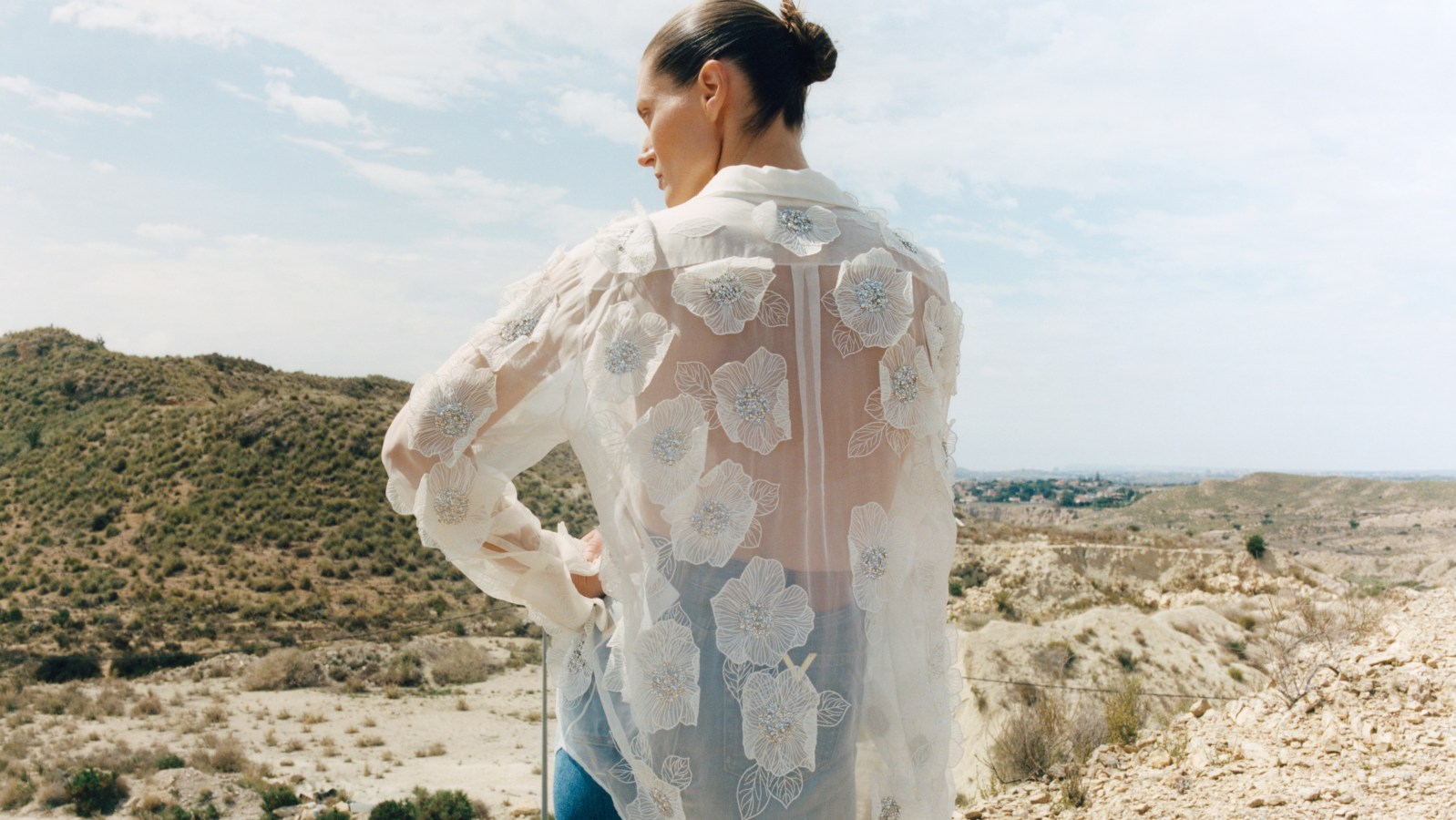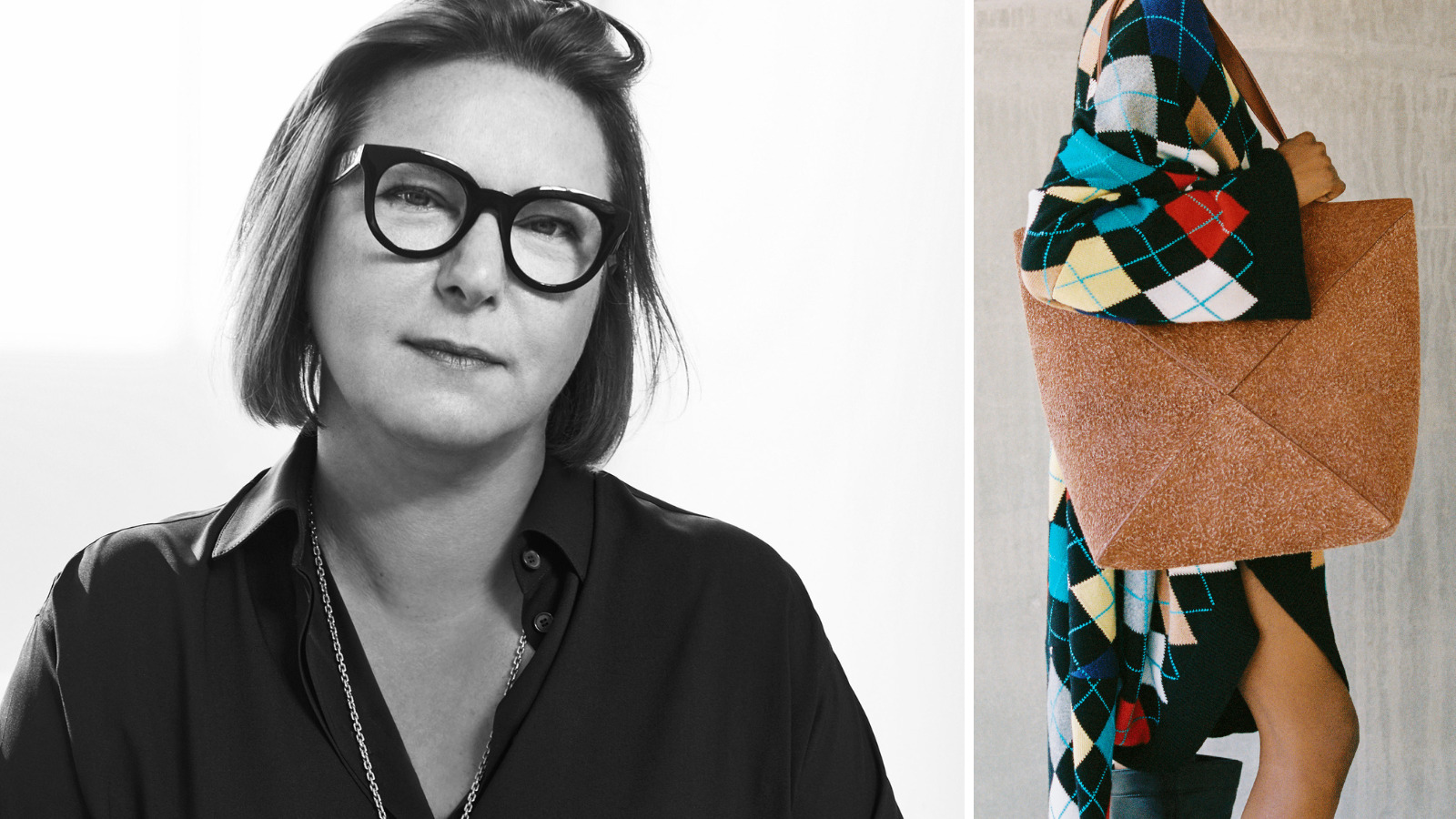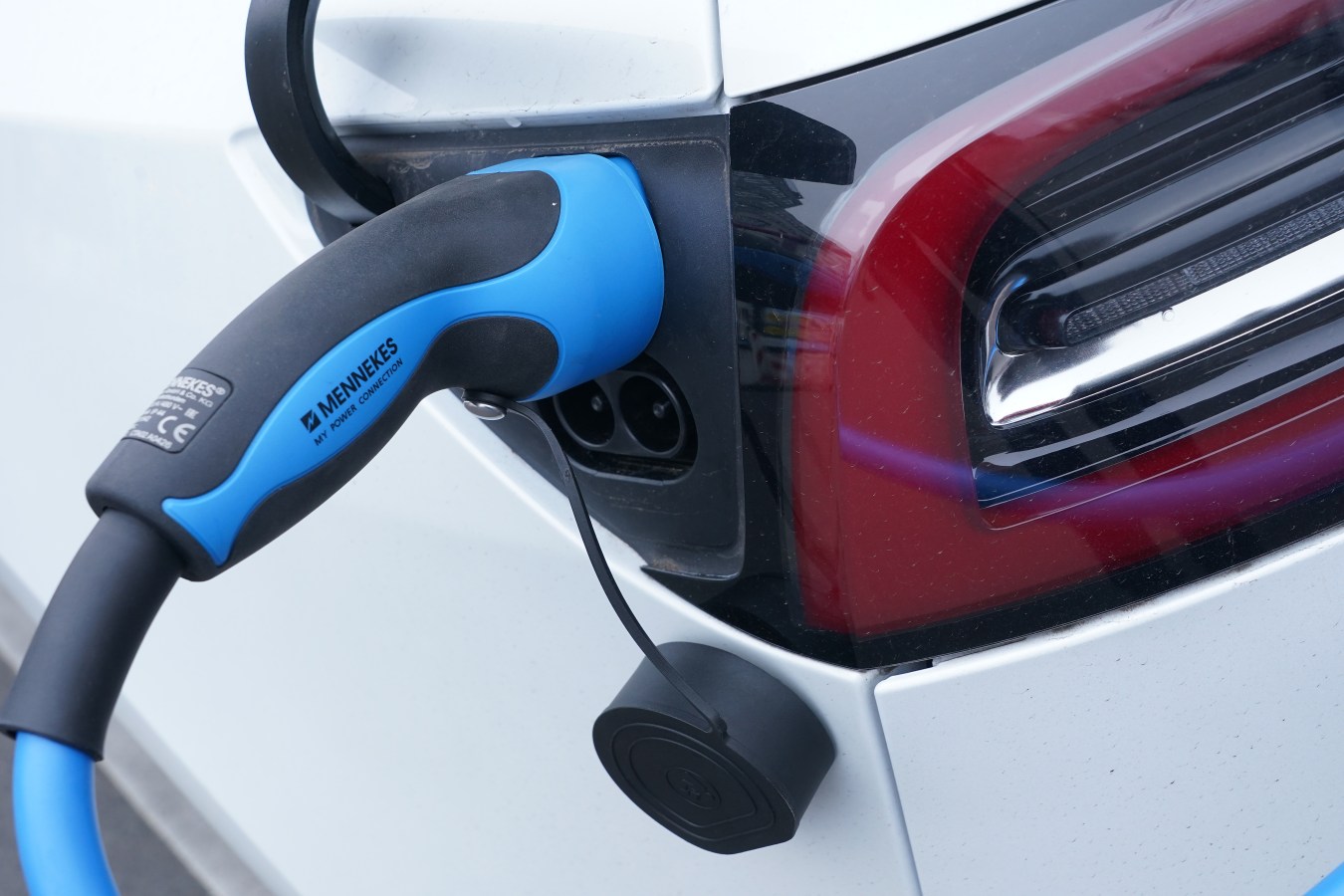Kym O’Leary founded her business, COgear, a decade ago after working nearly the same time in the mining industry and watching her female colleagues wear men’s gear. There was no alternative, so she created it.
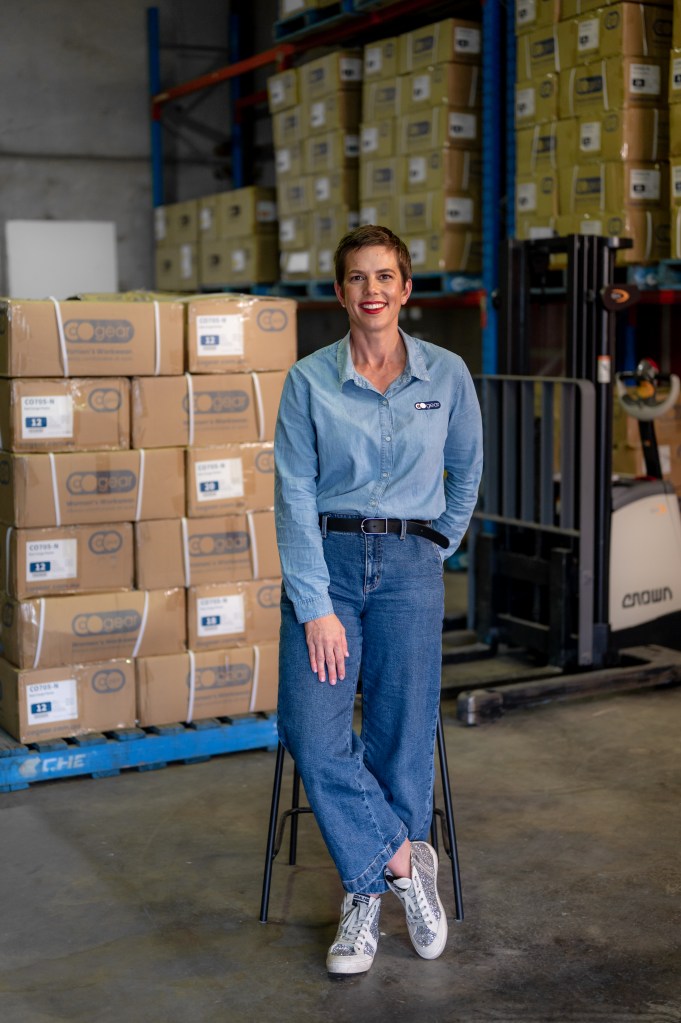
Kym O’Leary was in a meeting with her then manager at Anglo American, who was heavily pregnant, and seven other male managers. She was meant to be taking the minutes of the meeting but was instead fixated on something else – all the men looked comfortable in their high-vis gear, but her manager was in a singlet top with an open high-vis shirt (when closed, it wouldn’t fit over her belly).
“I left that meeting, and something just didn’t sit right with me,” O’Leary, who at the time was a commercial graduate at the company, says.
“I’d often overhear women talking about how their pants would dig in or their shirts would always gape – there was a lot of noise about workwear. At the time, there was no maternity workwear worldwide, and something clicked – unless I created it, I wouldn’t wake up and have it.”
That instigated O’Leary’s journey to COgear, which officially launched in 2013 as She’s Empowered, a female workwear brand targeted at the mining industry. She initially sold a small number of maternity shirts to Anglo American before hitting a few design and manufacturing roadblocks, which effectively stalled her business until 2015, when the $227 billion mining giant, BHP, enlisted her help.
“Kim, would you make a women’s high-vis jacket for us?”
At that point, O’Leary had gone bust from her endeavours and took a job back in the mining industry in Queensland. “Nope, I’m out of this game. Call [an established workwear brand], and they’ll make it for you.”
“We’ve tried them,” they said. “They’re not interested in changing the range. Are you sure you won’t give it a go?”
O’Leary had a sample six weeks later and headed to Perth to conduct trials. Twenty women from the Pilbara came down to try on her jacket. Every single one of them loved it.
“Well,” BHP’s contracts officer said. “That’s a no-brainer”.
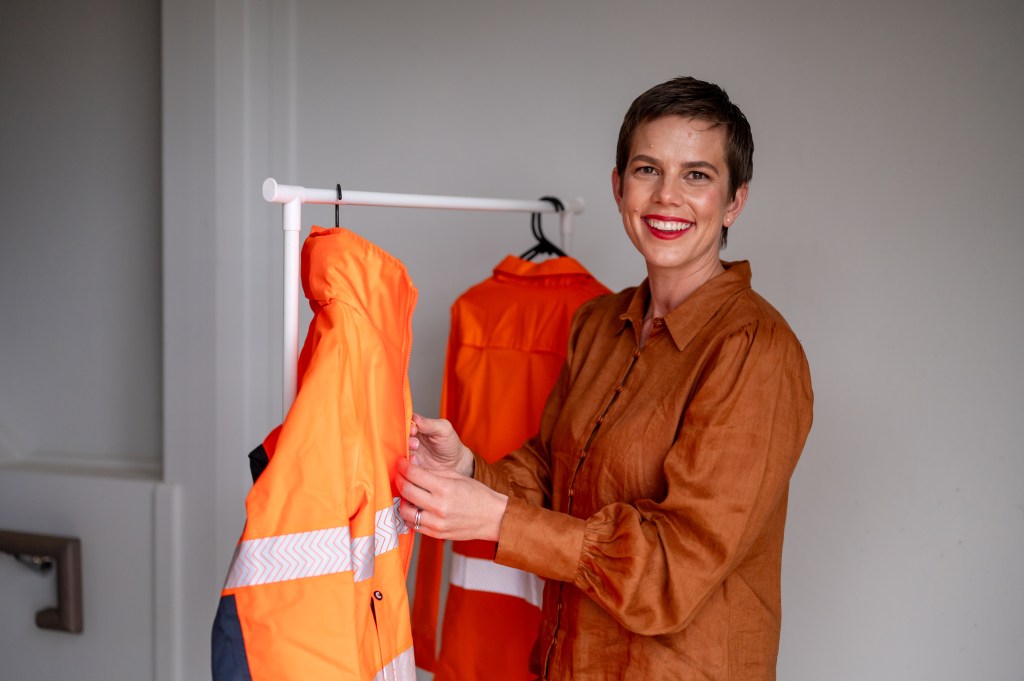
O’Leary didn’t have the funds to front the minimum order quantity, so BHP fronted it for her. That was her first major deal. In 2018, the company rebranded to COgear, and in 2020, BHP requested a full-size range of women’s pants to provide women with as many choices as men. But there was a problem: funding bespoke size ranges would be costly. That led to another major innovation from O’Leary: HMZ (pronounced: “hems”).
Inspired by a chook feed bag, HMZ (patent-pending) gives wearers the choice to select the length of pants that suit them best, then tear away the hem. O’Leary claims since the HMZ site went live in May this year, the company has already received a buy-out offer.
Today, COgear’s BHP contract brings in $3 million in revenue, but her gear is also offered to female staff at Anglo American, The Gold Fields and Rio Tinto. “It’s happened organically because we keep delivering,” O’Leary says. According to a 2021 EY report, Australia’s uniforms and workwear market was worth $1.2 billion annually. That same year, around 19% of mining employees were women; there were also 273,100 women in manufacturing, 35,700 in oil and gas and a further 145,900 in construction. “Our tagline is ‘Always comfortable’. You know, our clothes should change to us, not us changing to our clothes.”
Look back on the week that was with hand-picked articles from Australia and around the world. Sign up to the Forbes Australia newsletter here or become a member here.

